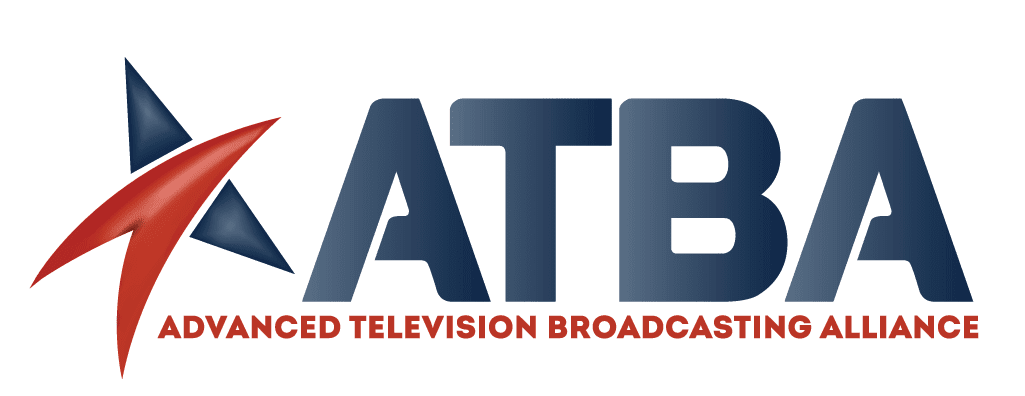Report and Order
The FCC adopted the Report and Order on September 30, 2022, and the new rules will take effect on November 10, 2023, with some exceptions for cable operators.[1] The new rules apply to all EAS Participants (AM, FM, LPFM, TV, Class A, and LPTV stations, cable systems, wireless video systems, wireless cable systems, including BRS or EBS stations, DBS services and SDARS) and govern three main areas:
1. Increasing the use of IP-based Common Alerting Protocol (CAP)
The Report and Order continues the Commission’s effort to expand the use of CAP-formatted alerts. Unlike legacy alerts, which can provide only an audio message and a limited amount of encoded data, CAP-based alerts allow for matching video and audio messages.
Previously, EAS participants were permitted, but not required, to check for CAP-format versions of state and local area alerts. Under the new rules, an EAS Participant will be required to check to see if a CAP-formatted message is available if it receives a state or local message in legacy format and, if available, transmit the CAP version of the alert rather than the legacy-formatted version. If an EAS Participant receives a legacy-formatted alert, it must poll the IPAWS feed for a CAP version of the alert at least 10 seconds after it detects the legacy alert’s initial header code. If a CAP version is not detected after 10 seconds, the EAS Participant may broadcast the legacy-formatted alert.
The obligation to check for and air a CAP version of an emergency alert will apply to all EAS Participants—including radio broadcasters. Even though listeners will not have access to the visual elements of the CAP alert, the FCC determined that there are other benefits of CAP alerts, including superior audio.
The new rule requiring EAS Participants to poll for and prioritize CAP-formatted messages will apply to all EAS alert categories, except for alerts with Emergency Action Notification (EAN), National Periodic Test (NPT), or Required Weekly Test (RWT) event codes. For a variety of reasons, the Commission found that CAP polling and prioritization of these three codes would be counterproductive.
2. New Alert Text for Three National EAS Codes
The FCC also updated the plain-language descriptions to be used in conjunction with three national alert codes: (1) the EAN code used for Presidential messages regarding national emergencies, (2) the NPT code used for nationwide EAS tests, and (3) the PEP code used to specify the President or a federal agency as the alert originator. Under the new rules, the text for the EAN event code changes from “Emergency Action Notification” to “National Emergency Message”; the text for the NPT event code changes from “National Periodic Test” to “Nationwide Test of the Emergency Alert System”; and the text for the PEP originator code changes from “Primary Entry Code System” to “United States Government”.
The FCC will also require radio broadcasters to change the text for the NPT event code from “National Periodic Test” to “Nationwide Test of the Emergency Alert system”. Again, the FCC determined that radio listeners would benefit from these updates even without access to the visual elements. However, the FCC will not require radio broadcasters to update EAS devices to accommodate the new script for legacy-formatted NPT messages described below.
The Commission is also replacing the term “Primary Entry Point System” with “National Public Warning System” in the FCC’s Part 11 rules and deleting the National Information Center (NIC) event code.
3. Standardizing Text display for Nationwide Test Alerts in Legacy EAS format
The new rules also modify the text display used in the visual crawl for EAS-based nationwide test alerts transmitted in legacy format.
When a legacy nationwide test alert is generated from the PEP and NPT header codes and uses the “All-U.S.” geographic location code, the FCC requires video service EAS participants to display the following scripted text: “This is a nationwide test of the Emergency Alert System, issued by the Federal Emergency Management Agency, covering the United States from [time] until [time]. This is only a test. No action is required by the public.”
Notice of Proposed Rulemaking (NPRM)
On October 27, 2022, the Commission released a NPRM proposing additional rules to improve the operational readiness and security of the public alert and warning system. Specifically, the Commission seeks comment on the current approach for determining whether EAS equipment is ready to transmit alerts, how frequently EAS participants are unable to participate in testing due to equipment failure, and whether there are alternative approaches to determine readiness. The Commission proposes to require EAS participants to report incidents of unauthorized access to their EAS equipment to the Commission within 72 hours and to require EAS participants and wireless providers that deliver WEA to annually certify that they have a cybersecurity risk management plan and implement sufficient security measures for their alerting systems.
To prevent false alerts, the NPRM also proposes to require participating wireless providers to transmit sufficient authentication information to ensure that only valid alerts are displayed on consumer devices. Lastly, the NPRM proposes to clarify that the WEA functionality requirements in the FCC’s Rules apply to all wireless providers that voluntarily choose to deliver Wireless Emergency Alerts.
Comments will be due 30 days after the NPRM is published in the Federal Register.
If you have any questions about the updated new EAS rules or the NPRM, please contact the Wiley attorney who regularly handles your FCC matters or one of the attorneys listed on this alert.
Authors: Ari Meltzer, Joan Stewart
Kelly Laughlin, a Law Clerk at Wiley Rein LLP, contributed to this alert.
[1] The Commission will allow cable operators 15 months to comply with the required change to the text associated with the EAN code for software-related updates only. The Commission will allow cable operators six years from the effective date of the Report and Order to complete the transition to the new EAN text display of “National Emergency Message” to the extent that the change requires replacement of navigation equipment, like set-top boxes. Cable operators must implement any necessary EAN software modifications to their upstream EAS decoder equipment by the generally appliable one-year deadline.









